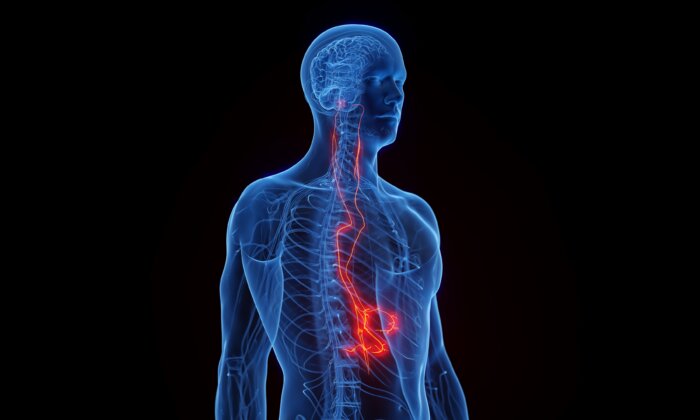Cases of Debilitating POTS Condition Rise After COVID-19, but New Research Points to Possible Treatment
New research shows vagus nerve stimulation reduces POTS symptoms like rapid heartbeat, suggesting a potential breakthrough in managing the condition.
For the estimated 1 to 3 million Americans living with postural orthostatic tachycardia syndrome (POTS), standing up can trigger a racing heartbeat, lightheadedness, and fainting that’s relieved only by lying back down.
Pandemic and Vaccines Contribute to Uptick in POTS
POTS cases notably rose following the COVID-19 pandemic and vaccine rollout, both of which are known to impact heart health. Some evidence suggests that 2 percent to 14 percent of COVID-19 survivors are later diagnosed with POTS.
“Our results identify a possible association between COVID-19 vaccination and incidence of POTS,” the authors wrote. “Notwithstanding the probable low incidence of POTS after COVID-19 vaccination, particularly when compared to SARS-Cov-2 post-infection odds.”
Nerve Stimulation Benefits POTS Patients
Led by Dr. Stavros Stavrakis of the University of Oklahoma (OU) College of Medicine, a new clinical trial published in JACC: Clinical Electrophysiology explored whether stimulating the vagus nerve—a key part of the parasympathetic nervous system—could relieve POTS symptoms.
The vagus nerve starts in the brain, passes through the heart and lungs, and ends in the intestines. This nerve controls functions such as digestion, breathing, and heart rate. Targeting it could address a major POTS symptom: rapid heartbeat upon standing.
For the trial, 26 participants were randomly assigned to receive either vagus nerve stimulation via an ear clip device or a placebo treatment for one hour daily over two months. Using double-blind methods, neither researchers nor participants knew who received the actual stimulation.
Those treated with vagus nerve stimulation had a significant 15-beat-per-minute reduction in rapid heartbeat after standing compared to the control group.
The benefits also included a decrease in adrenaline surge and systemic inflammation, both of which are associated with the condition, Dr. Stavrakis told The Epoch Times.
The treatment also decreased adrenaline surges and inflammation associated with POTS, according to Dr. Stavrakis. There was evidence it reduced autoantibodies linked to POTS, “at least for some patients,” he noted.
“I would say these results are promising, and we need more studies, obviously, but they are exciting results and we have a mechanistic explanation why it worked, which makes it more valuable,” Dr. Stavrakis said.
Wireless Device May Provide At-Home POTS Relief
Currently, POTS is treated with drugs like midodrine, ivabradine, fludrocortisone, and modafinil. Modafinil is prescribed to treat excessive sleepiness caused by narcolepsy but is sometimes used to treat brain fog associated with POTS. The only nonpharmaceutical therapies for the condition are lifestyle changes such as exercising more and increased fluid and salt intake.
Dr. Stavrakis, a 15-year veteran of POTS research, said he envisions a future where patients seamlessly integrate vagus nerve stimulation into their routine using wireless earbud-like devices. This would deliver treatment without compromising quality of life.
Vagus Nerve Stimulation Shows Potential Beyond POTS
Dr. Stavrakis previously studied the use of vagus nerve stimulation to treat atrial fibrillation (irregular heartbeat). He found it reduced atrial fibrillation by 85 percent compared to untreated patients. His next steps are larger trials for both POTS and atrial fibrillation to better understand the treatment’s efficacy, ideal patients, and long-term benefits.
This article has been archived for your research. The original version from Epoch Times can be found here.






